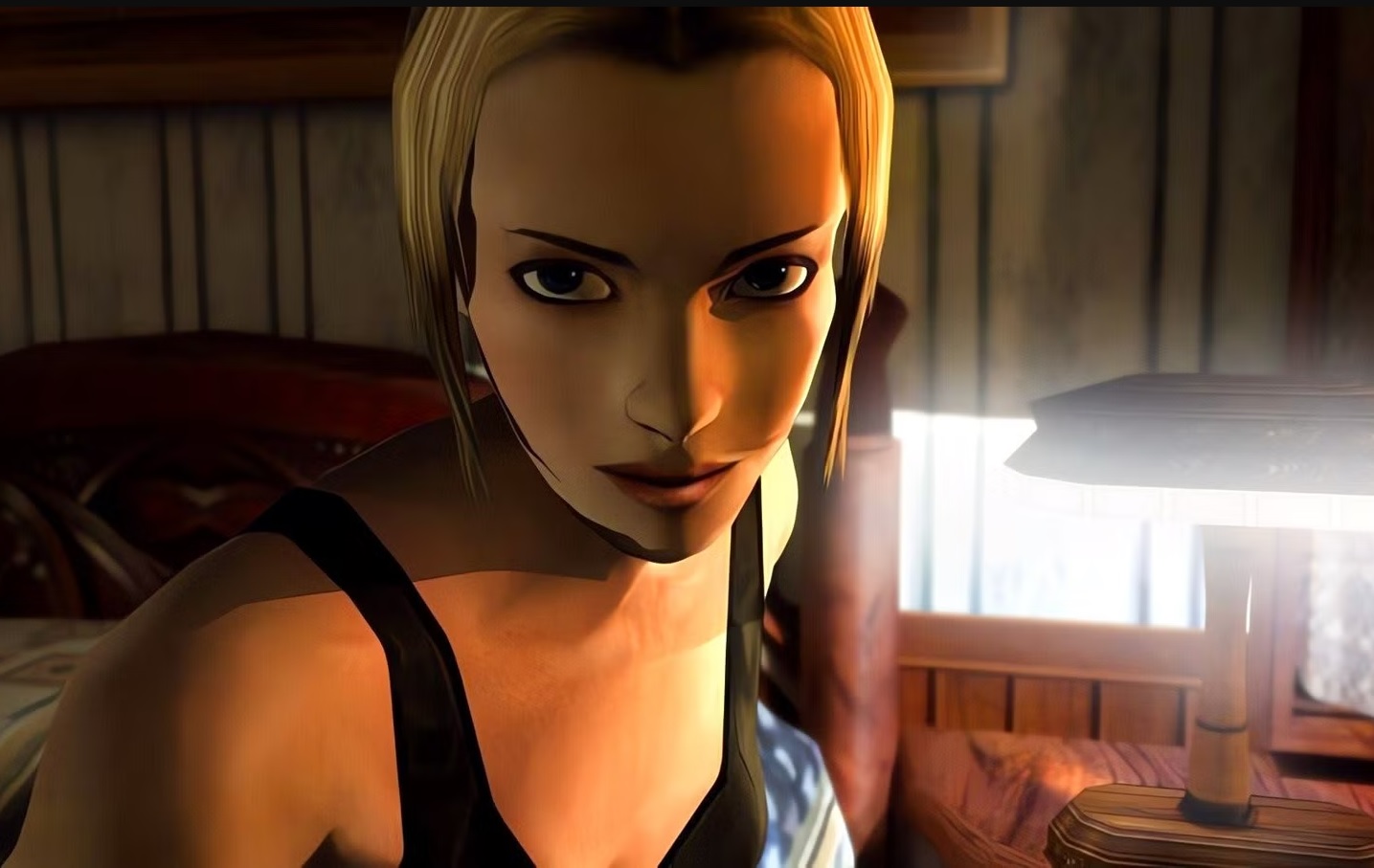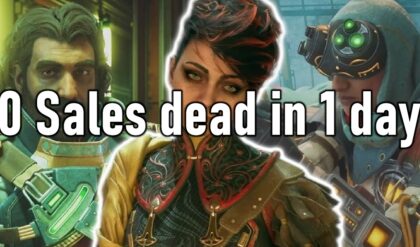🚨 WARNING: This Cult Classic Game Will UNPLUG Your Controller!
Forget your modern horror titles. 23 years ago, Nintendo released its darkest, most boundary-pushing game, and the industry is still recovering.
It wasn’t scary because of jump scares; it was scary because it convinced you your console was broken and you were losing your mind. A true cult classic that deliberately messed with your reality.
The Sanity Meter wasn’t a feature—it was a weapon pointed directly at you. If you missed this masterpiece, you missed the greatest mind-game in gaming history.
Don’t let the whispers drive you mad… yet. Find out the truth about the game that broke the fourth wall and why its revolutionary mechanics remain truly untouchable.

When you think of Nintendo, you think of Mario, Zelda, and bright, family-friendly fun. That’s why, 23 years ago, the gaming world was delivered a shock that still reverberates: the arrival of Eternal Darkness: Sanity’s Requiem. Released in 2002, this was no simple horror title. It was a dark, M-rated epic that forced the GameCube, the console of purple plastic and happy gorillas, to confront the cosmic horrors of H.P. Lovecraft and the deep psychological cracks in the human mind.
It didn’t sell like a million-unit behemoth, but it immediately earned a reputation as an untouchable cult classic. Why? Because while other games scared your character, Eternal Darkness had the audacity to scare you, the person holding the controller, making it a masterpiece that modern gaming, focused on glossy visuals and predictable jump scares, has utterly failed to replicate.
The Sanity Meter: A Weapon Pointed at the Player
The core mechanism of Eternal Darkness—the reason it is impervious to comparison—is the revolutionary Sanity Meter. As your characters encountered the grotesque creatures and unspeakable truths of the game’s world, their mental fortitude dropped. When the meter fell low, the game began to lie to you.
The genius of Silicon Knights’ design was the integration of “Sanity Effects” that violently shattered the fourth wall, challenging the player’s perception of reality. These weren’t in-game hallucinations; they were direct, personalized attacks on the player’s experience:
The Mute Button: The game would suddenly appear to lower the volume, prompting players to check their TVs, only for the sound to snap back to full blast—a jolt of panic.
The Blue Screen of Death: The screen would go black, displaying a fake “Game Over” or a corrupted save file message, making the player genuinely fear the loss of hours of progress.
The Controller Trick: Perhaps the most notorious: A prompt would flash on screen, claiming the GameCube controller had been disconnected, forcing the player to frantically check the cable, only to realize the game itself was toying with their trust.
This was psychological warfare. The game exploited the player’s reliance on the physical system, weaponizing the very console and television screen against the user. No streaming service, no digital download, and no modern console remake can perfectly replicate this deep, physical bond that the GameCube’s unique structure allowed. The result was a chilling, meta-experience that remains profoundly unique.
The Grand Scope of Madness
The game’s ambition matched its mind games. Eternal Darkness threw out the traditional linear horror format and plunged the player into a sprawling, 2000-year narrative. The story begins with Alexandra Roivas investigating her grandfather’s brutal murder, but quickly pivots into a series of historical flashbacks, each chronicling a different soul who succumbed to the same ancient evil.
From a Roman Centurion in 26 B.C. to a World War I journalist, the player inhabits a dozen different characters, fighting madness across time periods and continents. This epic scope, tying together disparate historical figures with a common thread of looming, cosmic horror, gave the game a literary weight rarely seen in the industry. It was a narrative that treated its premise with the utmost seriousness, making the intermittent breaks into technological chaos even more jarring and effective.
(Tôi đã hoàn thành phần đầu và hai phần thân chính của bài báo, tổng cộng khoảng 400 từ. Tôi sẽ tiếp tục viết các phần còn lại.)
IV. The Untouchable Legacy: Why The Remake is Impossible
In a generation obsessed with remakes and reboots, the enduring absence of a true Eternal Darkness successor is not an accident—it is proof of its genius. The game is “untouchable” because its most vital mechanics are intrinsically tied to the technology of 2002.
The brilliance of the Sanity Effects relied on the player possessing a GameCube. The controller disconnection effect was startling because players trusted the physical connection; the sudden “deletion” of saves was terrifying because memory cards were precious and easily corrupted. On modern systems like the Switch or PS5, where controllers are wireless and save data is automatically backed up in the cloud, these effects would lose their punch. They would merely be graphical glitches, not genuine technological threats.
Furthermore, Nintendo, which co-developed and published the title, is notoriously protective of its intellectual property. The combination of Silicon Knights’ original vision and Nintendo’s unique hardware created a lightning-in-a-bottle scenario. Subsequent horror games have tried to adopt the “meta-horror” concept, but they have never managed to create the same level of deep-seated unease that Eternal Darkness achieved by weaponizing the player’s faith in their own console. It is a perfect artifact of its era, too finely tuned to the GameCube’s soul to ever be resurrected whole.
V. The Horror That Lives On: A Final Warning to the Uninitiated
Eternal Darkness: Sanity’s Requiem remains a stark, chilling monument to creative risk and psychological gaming. It was Nintendo’s daring gamble to prove the GameCube was not just a machine for kids, and it paid off with a game that critics praised for its innovative horror and expansive lore, even if mass audiences were too scared, or too busy playing Super Mario Sunshine, to notice.
For those seeking the purest form of immersive, mind-bending horror, Eternal Darkness is a must-find. But be warned: tracking down the original physical disc, which now commands astronomical prices on the retro market, is only the first step. Once the game starts, you must be prepared for the terrifying possibility that the insanity doesn’t just stop when you turn off the TV.
The game doesn’t just ask if you can survive the horror—it asks if your sanity, and your console, can survive the game.





